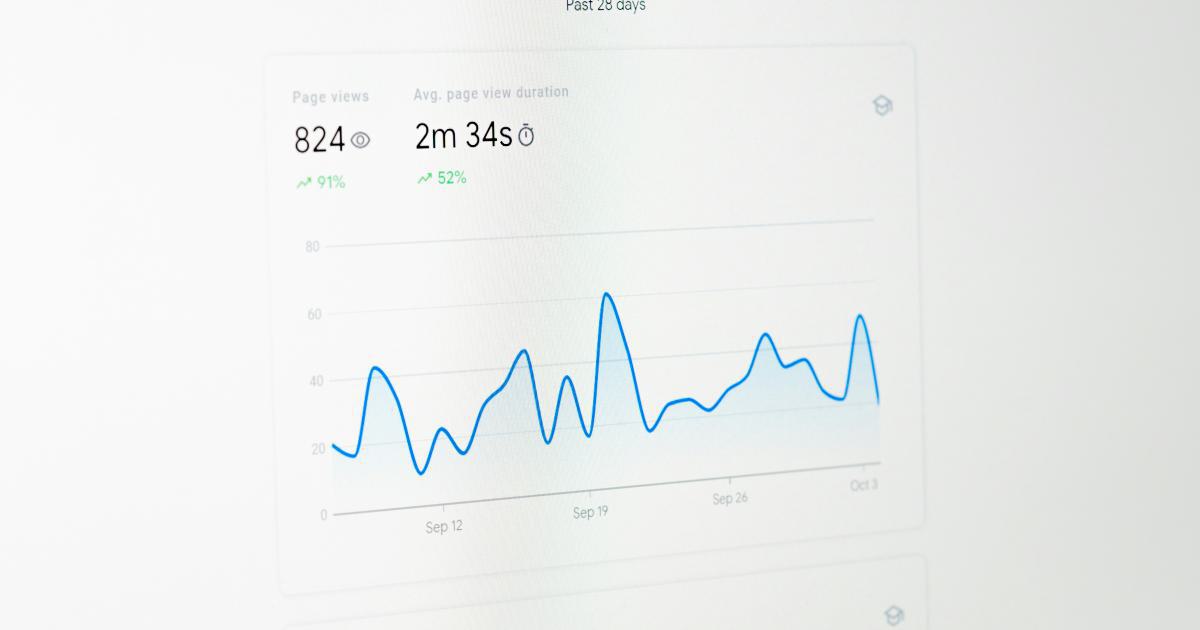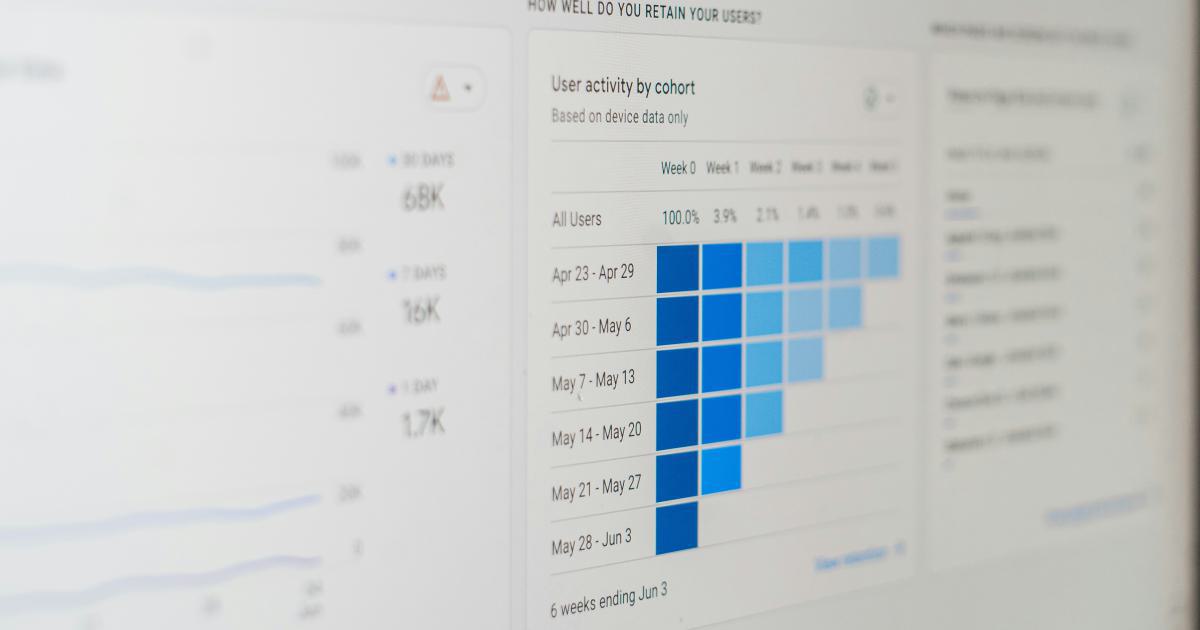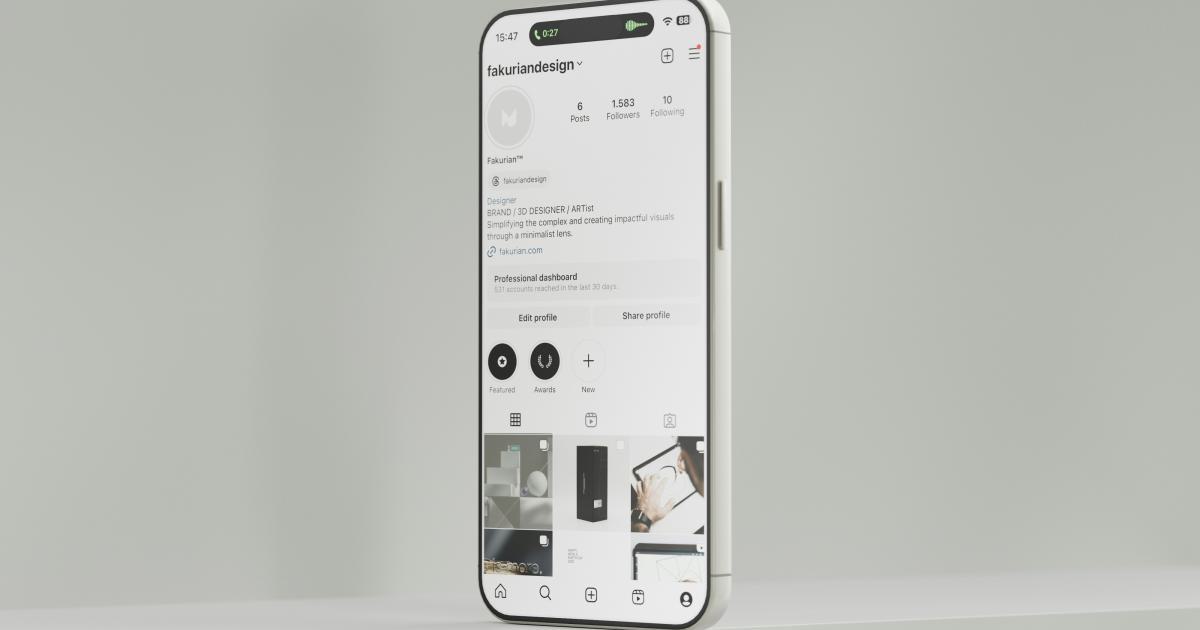Mastering User Behavior Prediction for Targeted Marketing


Understanding the Power of User Behavior Prediction
In the ever-evolving landscape of digital marketing, the ability to accurately predict user behavior has become a crucial competitive advantage. User behavior prediction allows marketers to anticipate the needs and preferences of their target audience, enabling them to deliver personalized experiences and highly targeted campaigns. By leveraging data-driven insights, businesses can optimize their marketing strategies, enhance customer engagement, and ultimately drive greater success.
At the heart of user behavior prediction lies the analysis of user interactions, preferences, and patterns across various digital touchpoints. By harnessing the power of data analytics, machine learning, and predictive modeling, marketers can uncover valuable insights that inform their decision-making and help them stay ahead of the curve.

The Importance of User Behavior Prediction
User behavior prediction plays a vital role in modern marketing strategies for several reasons:
Personalization and Targeted Messaging: By understanding user preferences and anticipated actions, marketers can craft personalized messaging and tailor their content to individual users. This level of personalization not only enhances the customer experience but also increases the likelihood of conversions and brand loyalty.
Optimized Campaigns and Resource Allocation: Accurate user behavior prediction allows marketers to allocate their resources more effectively, directing their efforts and budgets towards the most promising opportunities. This can lead to higher return on investment (ROI) and more efficient marketing campaigns.
Proactive Customer Engagement: Predictive insights enable marketers to anticipate customer needs and proactively engage with them, addressing their pain points and providing relevant solutions. This proactive approach can foster stronger customer relationships and drive increased customer satisfaction.
Competitive Advantage: Mastering user behavior prediction can give businesses a competitive edge by allowing them to respond to market trends and customer preferences more quickly and effectively than their competitors.
Leveraging Data for User Behavior Prediction
At the core of user behavior prediction lies the effective utilization of data. By collecting, analyzing, and interpreting a wide range of data sources, marketers can uncover valuable insights that inform their predictive models.
Data Sources for User Behavior Prediction
Website and App Usage Data: Tracking user interactions, such as page views, click-through rates, and navigation patterns, can provide insights into user preferences and purchase intent.
Social Media Engagement: Analyzing user activity, content sharing, and sentiment on social media platforms can reveal insights about user interests, brand perceptions, and influencer impact.
Customer Demographic and Psychographic Data: Incorporating user demographic information, such as age, gender, and location, as well as psychographic data, like interests, values, and lifestyle, can enhance the accuracy of behavior predictions.
Transaction and Purchase History: Analyzing past purchase behavior, cart abandonment rates, and repeat purchase patterns can help identify customer segments and predict future purchasing decisions.
External Data Sources: Incorporating data from industry reports, competitor analysis, and macroeconomic trends can provide a more comprehensive understanding of the broader market context.

Data Collection and Integration
Effective user behavior prediction requires a well-structured data collection and integration process. Marketers should ensure that they have the necessary tools and strategies in place to capture, consolidate, and cleanse the relevant data from various sources. This may involve implementing web analytics tools, integrating customer relationship management (CRM) systems, and leveraging data management platforms (DMPs) to create a comprehensive view of customer behavior.
Data Analysis and Predictive Modeling
Once the data is collected and organized, the next step is to employ advanced analytics and predictive modeling techniques to uncover patterns and insights. This may involve the use of statistical analysis, machine learning algorithms, and data mining methods to identify customer segments, predict purchase behavior, and anticipate churn risk.

By leveraging these data-driven insights, marketers can develop more accurate user behavior prediction models and gain a deeper understanding of their target audience.
Strategies for Implementing User Behavior Prediction
Implementing effective user behavior prediction strategies requires a multifaceted approach that combines data-driven insights, technological advancements, and a customer-centric mindset. Here are some key strategies to consider:
Segmentation and Personalization
Accurate user segmentation is crucial for effective user behavior prediction. By grouping customers based on shared characteristics, preferences, and behaviors, marketers can develop personalized marketing strategies and tailor their messaging and offers to specific customer segments.

Real-Time Behavioral Tracking and Monitoring
Continuously monitoring user interactions and behaviors in real-time can provide marketers with valuable insights into customer decision-making processes. By leveraging tools like web analytics, mobile app tracking, and customer journey mapping, businesses can identify patterns, detect anomalies, and respond to user actions in a timely manner.
Predictive Analytics and Machine Learning
Incorporating advanced predictive analytics and machine learning techniques can greatly enhance the accuracy of user behavior prediction models. These technologies can identify complex patterns, recognize hidden correlations, and make data-driven predictions that inform marketing strategies.

Omnichannel Integration and Personalization
To deliver a seamless and personalized customer experience, it is essential to integrate user behavior data across multiple touchpoints, including websites, mobile apps, social media, and physical retail locations. By combining data from various channels, marketers can gain a holistic understanding of the customer journey and tailor their marketing efforts accordingly.
Continuous Optimization and Testing
User behavior is constantly evolving, and successful user behavior prediction strategies require ongoing optimization and testing. Marketers should regularly review their predictive models, experiment with new approaches, and iterate on their strategies to adapt to changing market conditions and user preferences.

Leveraging User Behavior Prediction for Targeted Marketing Campaigns
By effectively leveraging user behavior prediction, marketers can elevate their targeted marketing campaigns and achieve greater success. Here are some ways to apply these insights:
Personalized Product Recommendations
Utilizing user behavior prediction to provide personalized product recommendations can significantly enhance the customer experience and increase the likelihood of conversions. By anticipating user preferences and purchase patterns, businesses can suggest relevant products or services that align with the customer's needs.

Optimized Pricing and Promotions
Predictive insights can help marketers determine the optimal pricing strategies and promotional offers for their target audience. By understanding customer price sensitivity, willingness to pay, and response to discounts, businesses can fine-tune their pricing models and create more effective promotional campaigns.
Targeted Content and Campaign Delivery
Leveraging user behavior prediction can enable marketers to deliver highly targeted content and marketing campaigns that resonate with their audience. By anticipating user interests, pain points, and preferred communication channels, businesses can create personalized messaging and optimize the timing and delivery of their marketing efforts.

Customer Retention and Loyalty Programs
User behavior prediction can also be instrumental in developing effective customer retention strategies and loyalty programs. By identifying patterns in user engagement, purchase behavior, and potential churn, marketers can proactively address customer needs, implement targeted retention initiatives, and foster long-term brand loyalty.
Predictive Lead Scoring and Nurturing
Combining user behavior prediction with lead scoring models can help marketers identify and prioritize the most promising sales leads. By analyzing user interactions, demographics, and intent signals, businesses can efficiently allocate their resources and nurture leads with personalized, targeted outreach.

Overcoming Challenges and Ethical Considerations
While the benefits of user behavior prediction are substantial, there are also challenges and ethical considerations that marketers must address to ensure responsible and effective implementation.
Data Privacy and Consent
With the increasing focus on data privacy and consumer protection, marketers must ensure that they collect and use customer data in accordance with relevant regulations and with the explicit consent of their users. Transparency, data security, and compliance with privacy laws are crucial to building trust and maintaining a positive brand reputation.

Bias and Algorithmic Fairness
Predictive models can potentially reflect and amplify existing biases, leading to discriminatory outcomes. Marketers must be mindful of these biases and implement strategies to ensure algorithmic fairness, such as diversifying data sources, regularly auditing their models, and incorporating ethical principles into their decision-making processes.
Transparency and Explainability
As user behavior prediction models become more complex, it is important to maintain transparency and provide clear explanations of the decision-making process. Marketers should strive to make their predictive models interpretable, enabling customers to understand how their data is being used and the rationale behind the recommendations or decisions made.

Continuous Monitoring and Adaptation
User behavior and market conditions are constantly evolving, so marketers must continuously monitor their predictive models, adapt their strategies, and stay attuned to emerging trends and customer preferences. Regular performance evaluations, model updates, and adaptations are crucial to maintaining the effectiveness of user behavior prediction initiatives.
By addressing these challenges and upholding ethical principles, marketers can harness the power of user behavior prediction while building trust and fostering positive customer relationships.
Conclusion
Mastering user behavior prediction is a transformative strategy that can propel businesses to new heights in the digital marketing landscape. By leveraging data-driven insights, advanced analytics, and personalized approaches, marketers can effectively anticipate user needs, deliver targeted campaigns, and drive sustainable growth.
As the digital world continues to evolve, the importance of user behavior prediction will only continue to increase. By embracing this powerful tool and navigating the associated challenges and ethical considerations, marketers can unlock a competitive edge, enhance customer engagement, and achieve greater success in their targeted marketing efforts.